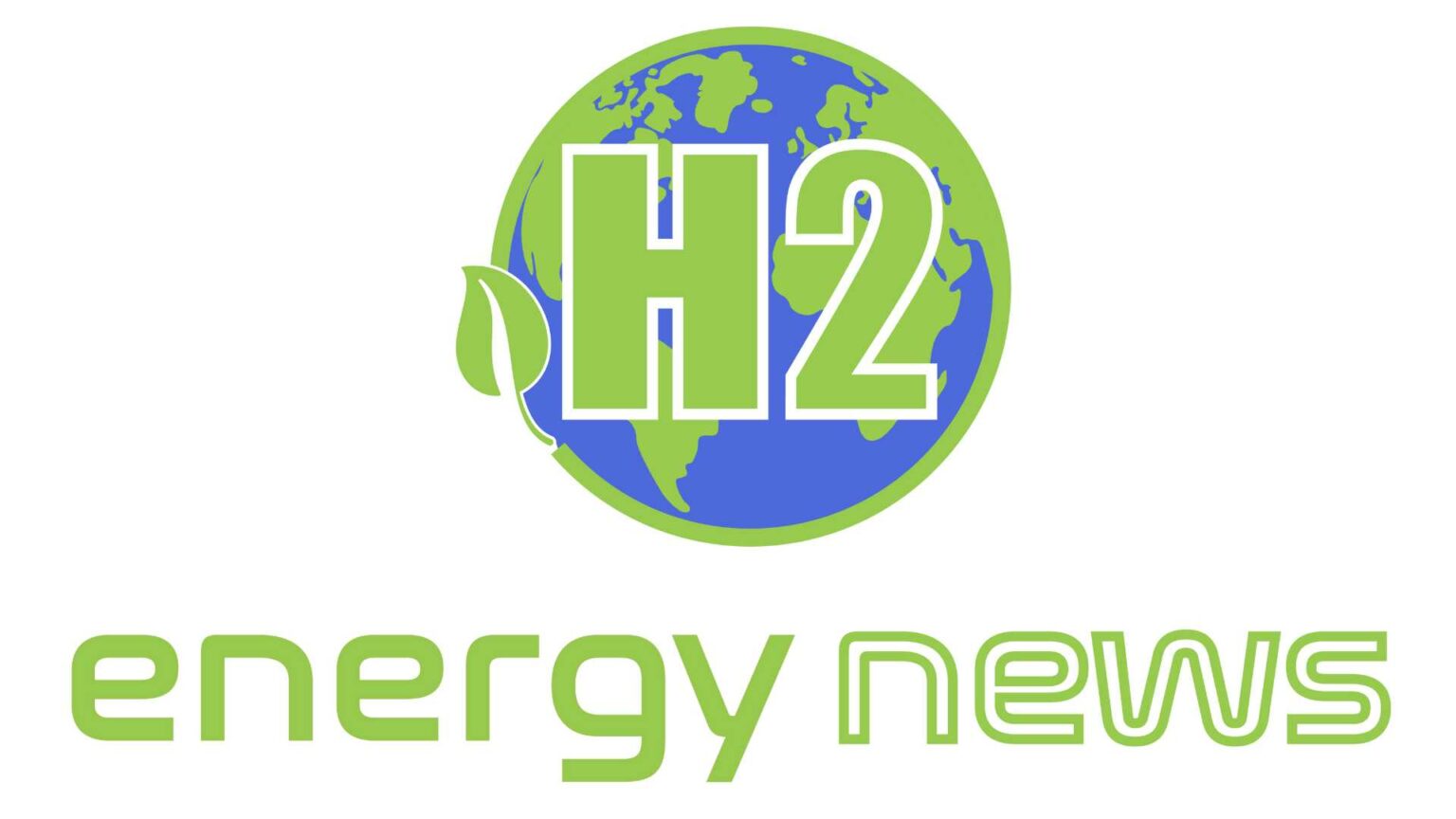An infinite supply of this crucial fuel, green hydrogen may be produced directly from seawater by a number of research teams, decreasing the need for fresh water in the plants where it is produced.
According to data tracked by the specialist energy platform, green hydrogen, which is produced by using renewable energy to break down water molecules, may power heavy vehicles and decarbonize sectors like steelmaking without generating carbon dioxide. Moreover, as water separators and electrolyzers only function with pure water, the increased creation of green hydrogen might make the world’s freshwater shortage worse.
At the moment, practically all hydrogen is produced by dissolving methane and burning fossil fuels to produce heat and pressure, both of which result in the emission of carbon dioxide. This harmful hydrogen may be replaced by green hydrogen, but at the moment it costs about $5 per kilogram, more than twice as much. This is partly because the electrolyser, which uses catalysts made of precious metals, is expensive.
In a parallel vein, the US Department of Energy has just begun a 10-year initiative to enhance electrolysers and reduce the price of green hydrogen to $1 per kilogram. Pressure could mount on the world’s fresh water supply if the strategy is successful and green hydrogen generation rises significantly. According to the specialist energy platform, electrolysis requires around 10 kilos of water to produce one kilogram of hydrogen.
According to the International Renewable Energy Agency, 62 million people’s worth of fresh water would be needed each year to power big trucks and significant industries using green hydrogen, or around 25 billion cubic meters.
To deliver hydrogen to large trucks, Total Energy intends to build 100 stations around Europe. Hydrogen gas (H2) that escapes from the water is bound to the hydrogen ions by extra electrons in the cathode electrode pairs. At the anode, where the catalysts bond the oxygen in the produced oxygen gas (O2), the OH ions move across the electrodes through a membrane.
The same electric shock that creates O2 at the anode also produces chlorine gas, which is extremely corrosive and corrodes the electrodes and catalysts when green hydrogen is produced from seawater.
Although while it can continue to operate correctly for years, this causes the electrolyzer to malfunction in just a few hours. Three research teams have so far documented efforts to halt this deterioration.
According to researchers lead by Nasir Mahmoud, a materials scientist at the Royal Melbourne Institute of Technology, they can repel negatively charged chloride ions and stop the production of chlorine gas by covering their electrodes with negatively charged substances like sulfate and phosphate.
Even though they only produced a little amount of hydrogen, the Royal Melbourne Institute of Technology team observed almost no corrosion in their electrodes for up to two months, Science, an associate of the American Association for the Advancement of Science, reported on March 15.
Since then, according to Nasir Mahmoud, the researchers have intensified their goal to create hydrogen as soon as possible using a commercial freshwater electrolyzer. Shigang Zhao, a nanotechnologist at the University of Adelaide, and his colleagues designed a different kind of electrolyser that uses a membrane that is solely permeable to H+ ions.
Chromium oxide, which Zhao and associates applied to their electrodes, attracted a bubble of OH ions that repelled chloride ions. Without stopping, the device degrades seawater for 100 hours under strong currents.
In contrast, Zhongpeng Shao and his colleagues at Nanjing University of Technology in China chose a third strategy to fend off chloride. Only the fresh water vapor from the nearby seawater pool could flow through the membranes that around the electrodes.
Fresh water is once again produced as the electrolyzer draws more water molecules across the membrane under pressure as it splits the fresh water molecule into hydrogen and oxygen. According to Shao and colleagues, their device has been operating for 3,200 hours without displaying any signs of wear and tear.
The salt-blocking membranes are comparable to those used in industrial desalination facilities, which are effective enough to produce fresh water while only increasing the price of green hydrogen by around $0.01 per kilogram.





